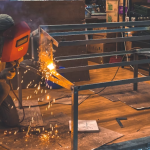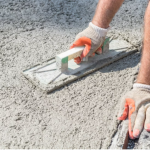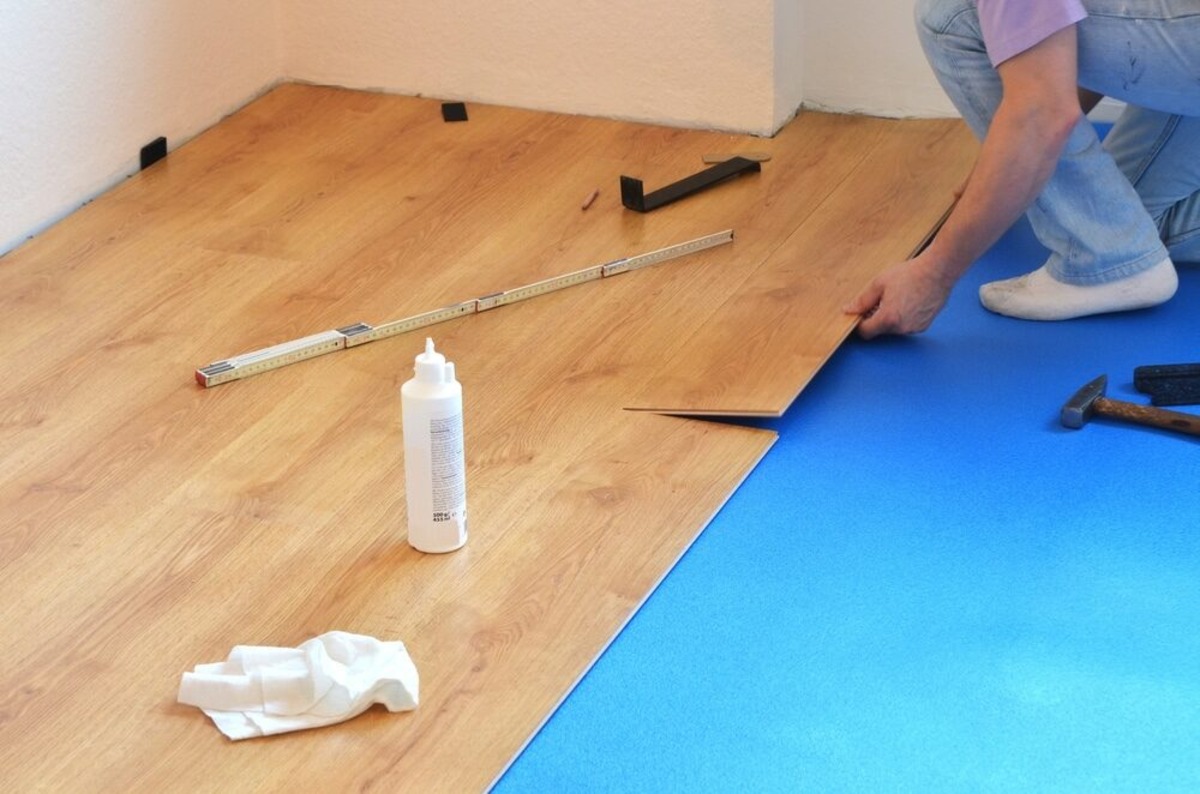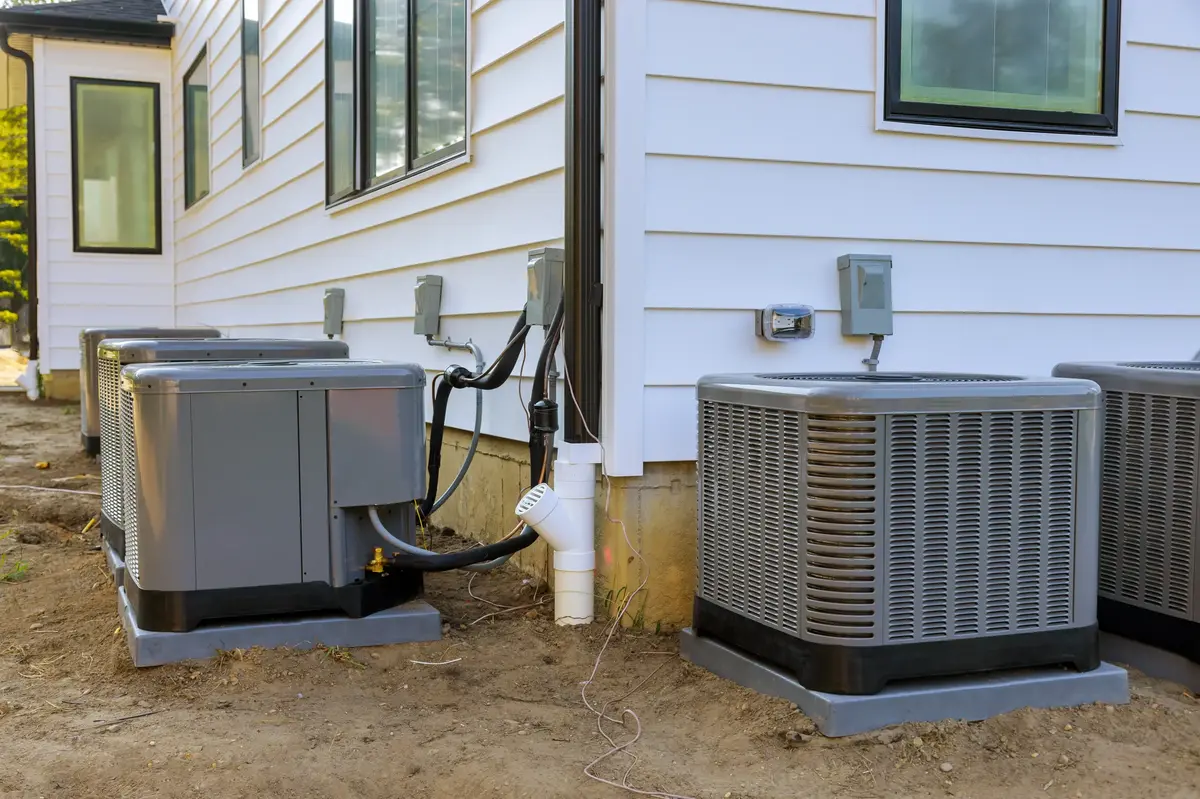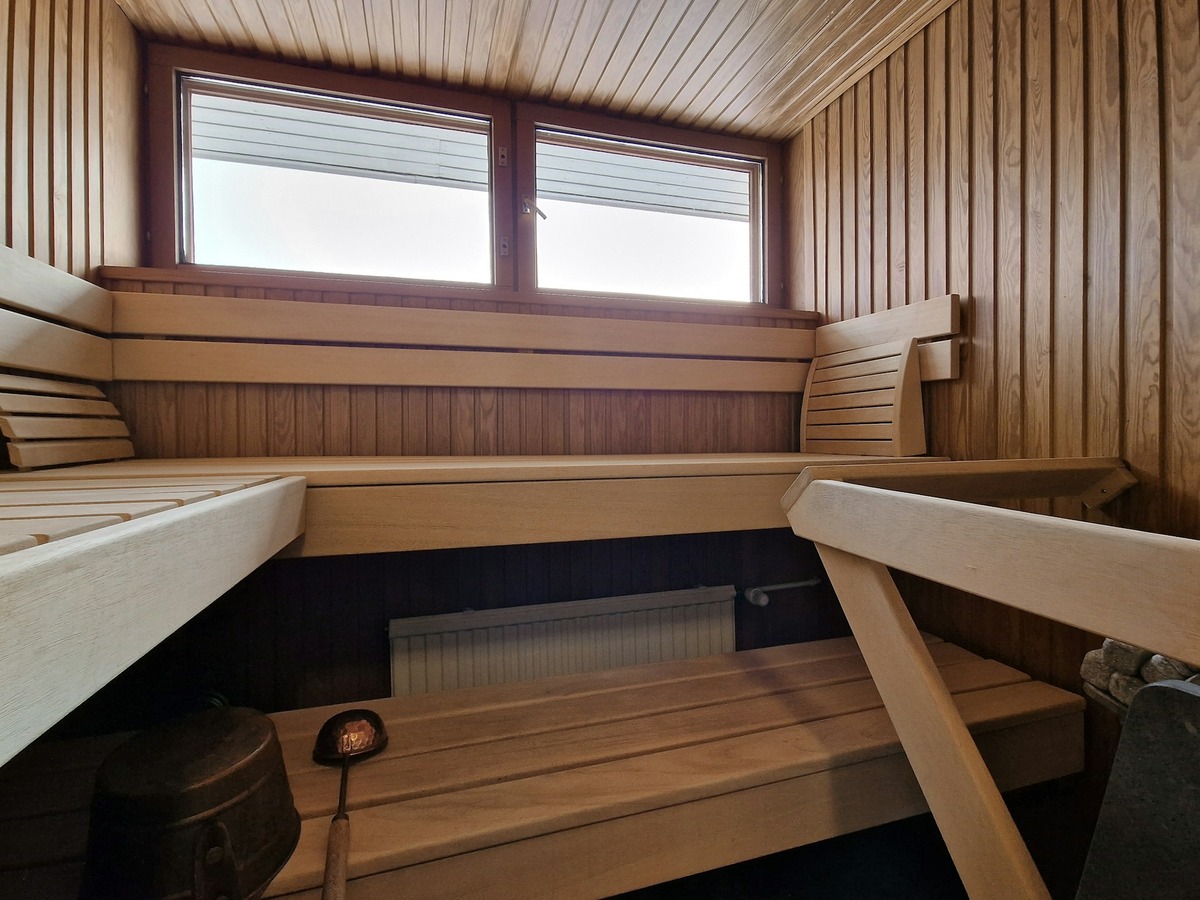Walking into a room with beautifully restored floors can evoke a sense of awe. Whether it’s the rich grain of hardwood or the intricate patterns of tiles, a well-executed floor restoration can transform any space from drab to fab. If you’re a DIY enthusiast, a flooring business owner, or a homeowner looking to breathe new life into your floors, this guide is for you. We’ll walk you through the basics of floor restoration, offering practical tips and insights to help you achieve stunning results.
Understanding Floor Restoration
Floor restoration is a project where you repair, refinish, or replace your existing floor to bring it back to life. It’s not just about fixing scratches or stains; it’s about enhancing the floor’s overall appearance and functionality. Whether you’re dealing with wood, tile, or another material, understanding the specific needs of your floor is crucial.
For instance, hardwood floors may require sanding and refinishing, while tiles might need re-grouting or polishing. Knowing what your floor needs will help you choose the right techniques and products, ensuring a successful restoration.
Assessing the Condition of Your Floor
Before starting any restoration project, assess the current condition of your floor. This step is essential to determine the extent of work required and the best approach to take. Look for signs of wear and tear, such as scratches, dents, or discoloration, and note any structural issues like loose boards or tiles.
This assessment will help you decide whether a simple refinish will suffice or if more extensive repairs are necessary. It will also guide you in selecting the appropriate materials and tools for the job.
Choosing the Right Materials
The success of your floor restoration project largely depends on the quality of materials you use. Investing in high-quality products may cost more upfront but will pay off in the long run with a durable and beautiful finish. For wood floors, consider using eco-friendly stains and finishes that enhance the natural beauty of the wood while protecting it.
Similarly, for tile floors, choose grout and sealants that are designed to withstand wear and tear. Your choice of materials should align with both your aesthetic preferences and the functional needs of your space.
Preparing Your Space
A well-prepared space is key to a smooth restoration process. Start by clearing the room of furniture and other obstacles. This will give you ample space to work and prevent damage to your belongings. Next, clean the floor thoroughly to remove dust and debris that could interfere with the restoration process.
Depending on the type of floor, you may need to sand the surface to create a smooth and even base. This step is particularly important for wood floors, as it allows finishes to adhere properly and achieve a flawless look.
Techniques for Different Floor Types
Different floor types require different restoration techniques. For wood floors, sanding is a common method to remove old finishes and smooth out imperfections. After sanding, apply a stain to enhance the wood’s natural color, followed by a protective finish to seal and protect the surface.
Tile floors, on the other hand, may require re-grouting to refresh their appearance. Use a grout saw to remove old grout, then apply new grout evenly between the tiles. Finish by sealing the grout to prevent moisture penetration and staining.
Sanding and Refinishing Wood Floors
Sanding and refinishing wood floors in Salt Lake City or any other location can be a rewarding DIY project. Start by renting a floor sander from a local hardware store. Use it to sand down the surface of your wood floor, removing old finishes and smoothing out imperfections.
Once the floor is sanded, apply a wood stain to enhance its natural beauty. Choose a color that complements your home’s decor. After staining, apply a protective finish to seal the wood and prolong its lifespan. This process can dramatically transform your space, giving your wood floors a fresh, new look.
Dealing with Stains and Scratches
Stains and scratches are common issues in floor restoration. To tackle stubborn stains on wood floors, try using a mixture of baking soda and water. Apply it to the stain, leave it for a few minutes, and then wipe it away with a clean cloth.
For scratches, use a wood filler that matches the color of your floor. Apply the filler to the scratch, smooth it out with a putty knife, and sand it lightly once it dries. These simple remedies can significantly improve the appearance of your floors.
The Role of Professional Help
While DIY floor restoration can be fulfilling, some projects may require professional expertise. If your floor has significant damage or if you’re unsure about tackling the project yourself, consider hiring a professional. They have the skills, experience, and tools to handle complex restoration tasks and deliver exceptional results.
Professionals can also provide valuable advice on maintenance and care, ensuring your restored floors remain beautiful for years to come.
Maintaining Your Restored Floors
Once your floors are restored, proper maintenance is essential to preserve their beauty and longevity. Regular cleaning with the right products will prevent dirt and grime from building up. For wood floors, avoid using water-based cleaners that can damage the finish. Instead, opt for a wood-specific cleaner.
Re-sealing your floors every few years can also protect them from wear and tear. This maintenance routine will keep your floors looking as good as new.
Budgeting for Your Project
Floor restoration can be a cost-effective alternative to replacing your floors, but it’s important to budget accordingly. Consider the cost of materials, tools, and any professional services you may need. Having a clear budget will guide your purchasing decisions and help you manage expenses throughout the project.
Keep in mind that investing in quality materials and workmanship will pay off in the long run with a beautifully restored floor.
Common Challenges and Solutions
Like any home improvement project, floor restoration can come with challenges. Uneven surfaces, unexpected damage, and choosing the right materials are just a few issues you may encounter. However, these challenges can be overcome with careful planning and research.
Consulting with professionals or joining online DIY forums can provide valuable insights and solutions based on real-life experiences. Remember, patience and persistence are key to overcoming any obstacles that arise during your project.
Inspiring Success Stories
Hearing about others’ success stories can inspire and motivate you to take on your own restoration project. Many DIY enthusiasts and homeowners have transformed their spaces with stunning results. From turning a worn-out wood floor into a work of art to revitalizing a tired tile floor, the possibilities are endless.
These stories highlight the creativity, determination, and satisfaction that come with breathing new life into your floors.
Bringing It All Together
Floor restoration is a rewarding endeavor that can enhance the beauty and value of your home. Whether you’re a DIY enthusiast, a flooring business owner, or a homeowner, understanding the restoration process and techniques is vital. By assessing your floor’s condition, choosing the right materials, and following the appropriate steps, you can achieve stunning results that transform your space.
Investing time and effort into floor restoration will not only revitalize your home but also provide a sense of accomplishment. If you’re ready to start your own restoration project, gather your tools, roll up your sleeves, and get to work. Your dream floor is within reach!




